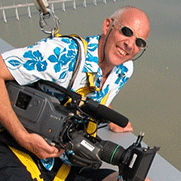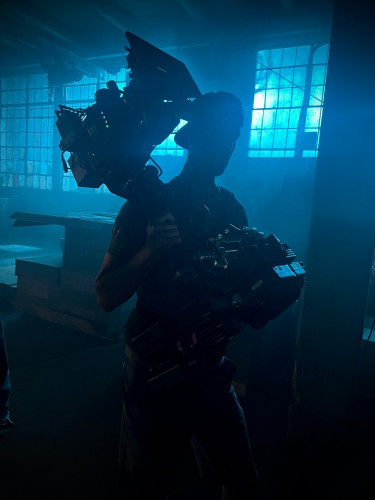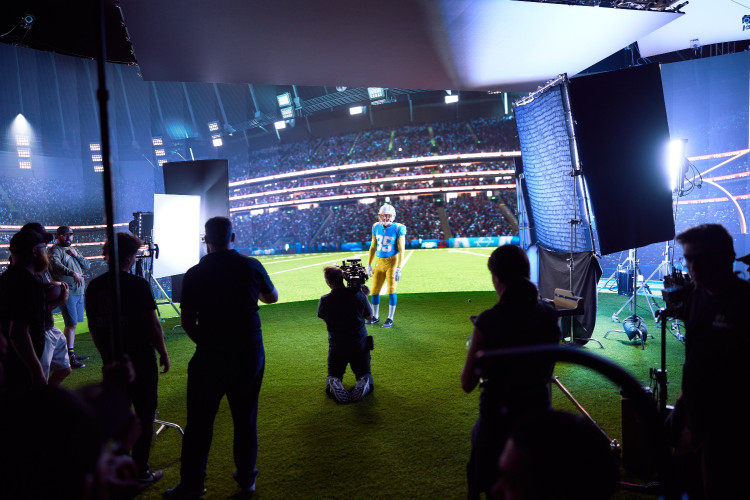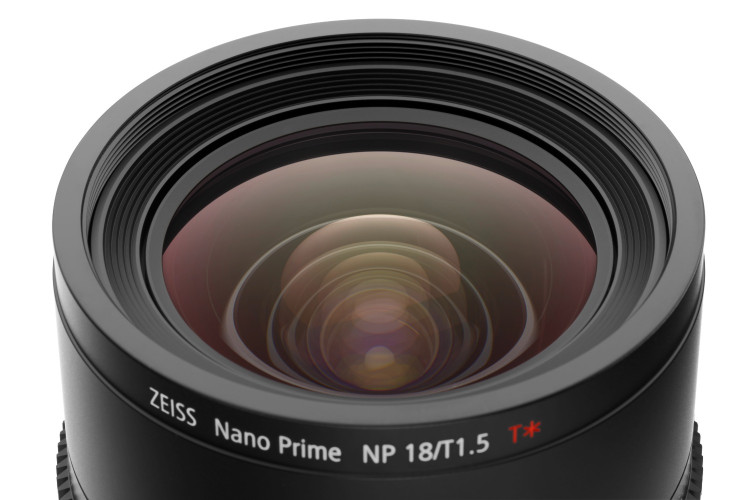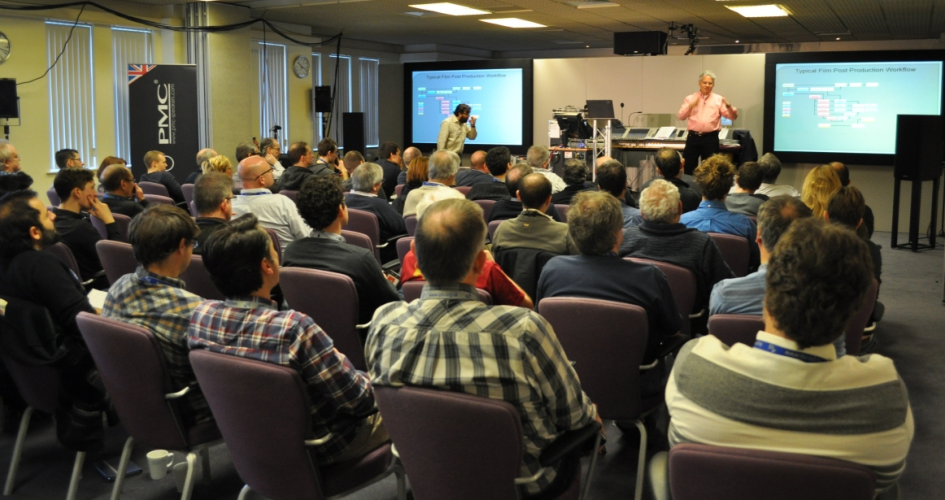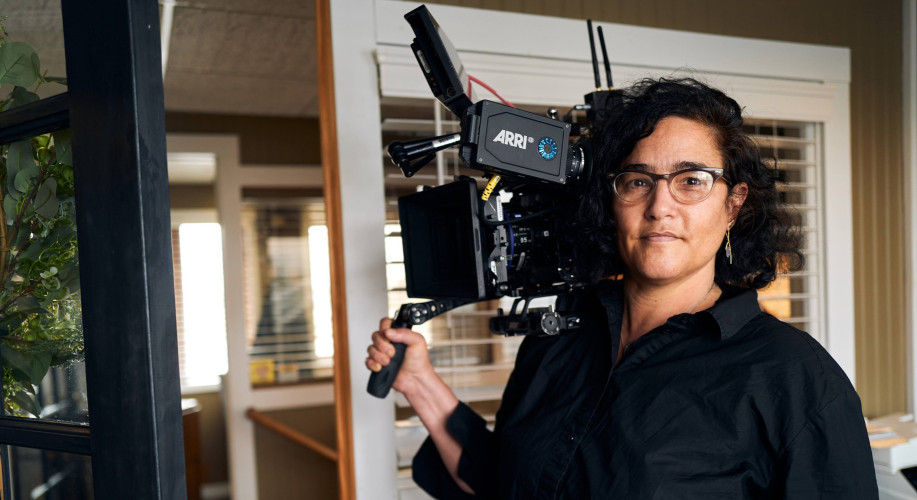with Graham Reed Issue 108 - December 2015
Many people who use lenses have very little understanding in the complexity or the science that goes on behind them. I do not pretend to be an expert on optics but I have spent some time in trying to understand just how complex they are.
I think its first just a good idea to remind ourselves of what light is. It was Isaac Newton,1642 to 1726, who first put forward the idea that light travels in straight lines but acts as waves. Around the same time it was Christian Huygen, 1629 to 1695, who put forward the theory that light is actually made up of particles.
The first lens, as we think of them now, was first developed around the 16th Century and in terms of picture making they where first used by artists in camera obscure for drawing the layout of pictures. The famous Flemish artist Vermeer is thought to have used this to get his perspective correct.
In1835 it was Fox Talbot who used a very simple lens on the camera that he used to produce what has been considered to be the first proper photograph.
The window at Fox Talbot taken in 1835, at his house which was Lacock Abby, Wiltshire, now a National Trust property.
The early photographers used a simple lens for their pictures, not only were the pictures not very sharp but they also often had vignetting in the corners, this was because the photographic plate was not in the centre of good definition. The problem is that a lens has to be round but needs to produce an image for a square sensor, this sensor needs to be in the area of good definition.
In this illustration a single lens is focused on a sheet of paper, you can see the image fall off around the edges of the image very clearly.
A simple lens is not very good at producing a good image because it has many aberrations as well as producing distortions.
Two of the distortions are barrel and pincushions. I remember as a cameraman at the BBC whilst trying to frame up captions with EMI 2001 cameras, how much of a fiddle it was to get lines looking straight not curved. Having wobbly caption stands did not help either!
If we have an image of an array of infinitely small points of light which we then focus with a simple lens and we will then be able to see a variety of aberrations that the lens could produce.
Spherical, Chromatic Flair, Curvature of Field and Astigmatism are all types of aberrations that a simple lens will produce. So a lens designer will have to produce a lens which overcomes these problems or at least makes them unnoticeable.
We have all seen a rainbow and some of us may even remember the song about the colours! White light is made up of these colours and diffraction caused by the rain drops breaks the light up into its component wavelengths, producing the rainbow. Red being the longest, 700 nm, and blue being the shortest, 400nm. When the light from the sun enters the atmosphere this light is also refracted, the blue part of the spectrum is refracted the most whilst the red part of the spectrum is refracted the least, this is why we have blue sky and red sunsets. This property is one of the major problems a lens designer has to overcome, chromatic aberration when different frequencies of light focus at different points. This issue is often noticeable with poor lenses when around an out of focus object you get blue or red fringing.
In the early days of CCD cameras lenses that were designed for these had a green ring around the front of the lens which was to indicate that the lens was for a CCD camera. The lens and the camera manufacturers agreed a position for the red, blue, and green sensors and positioned these sensors at an agreed distance, this was to allow for the different focal lengths for the red, green and blue light, where as in the earlier tube cameras it was possible to move the individual tubes so that the focus for individual colours would be precise. Part 2 next month.



